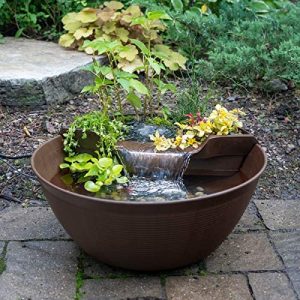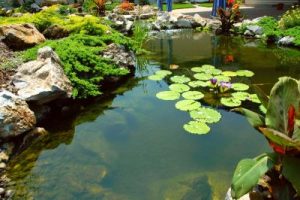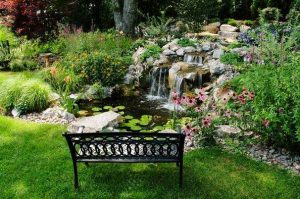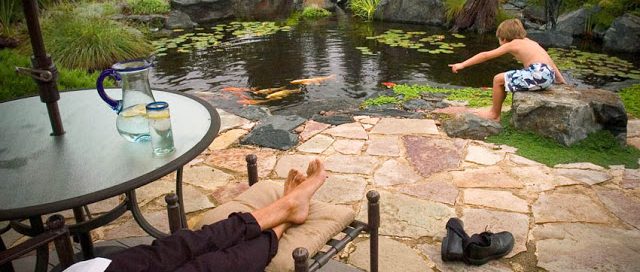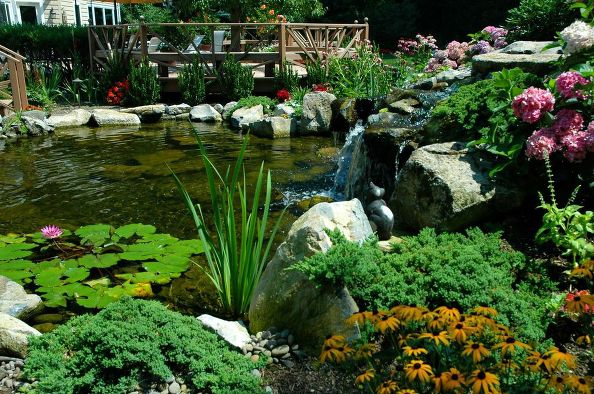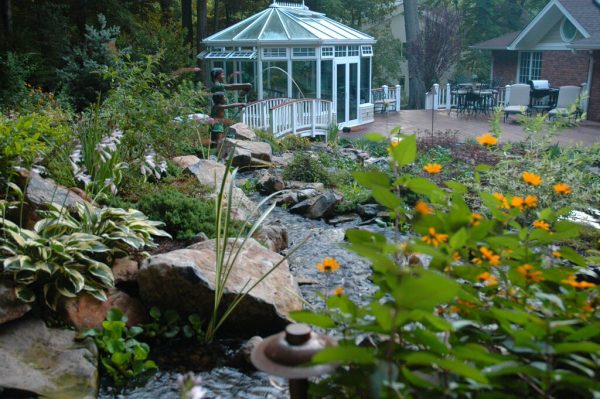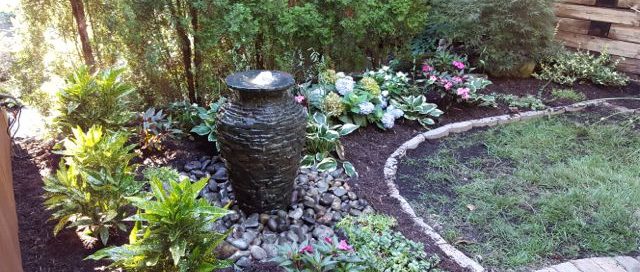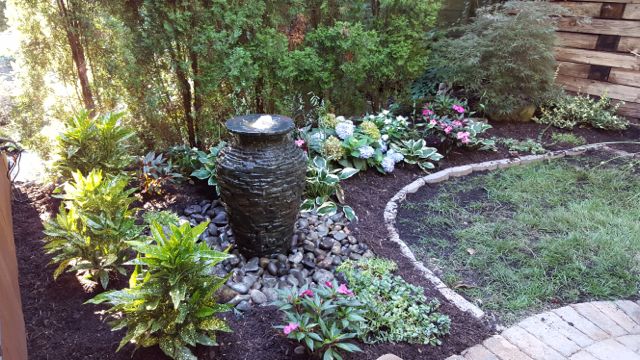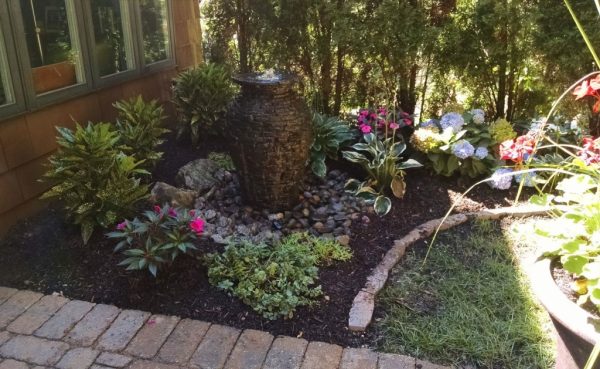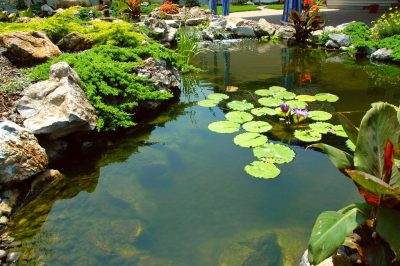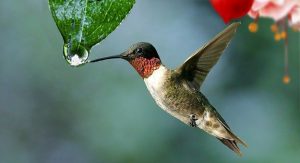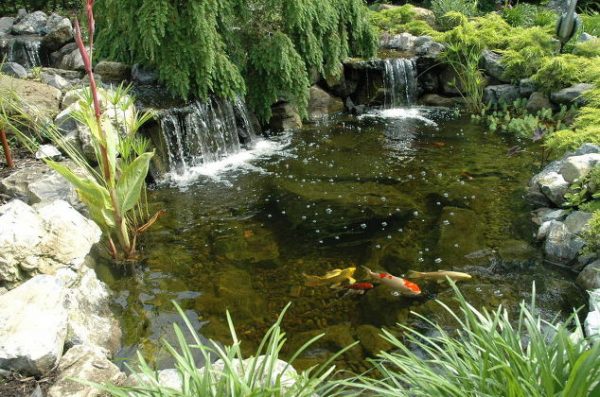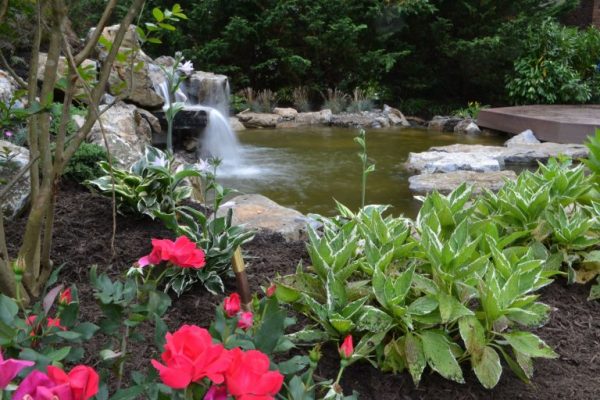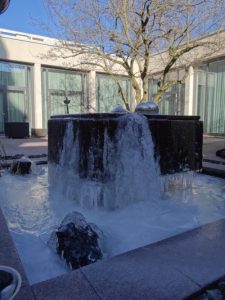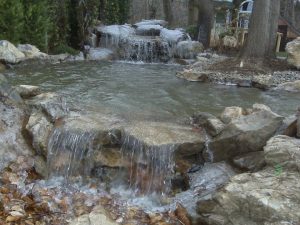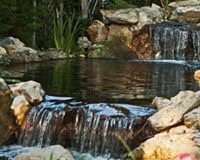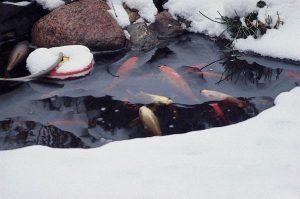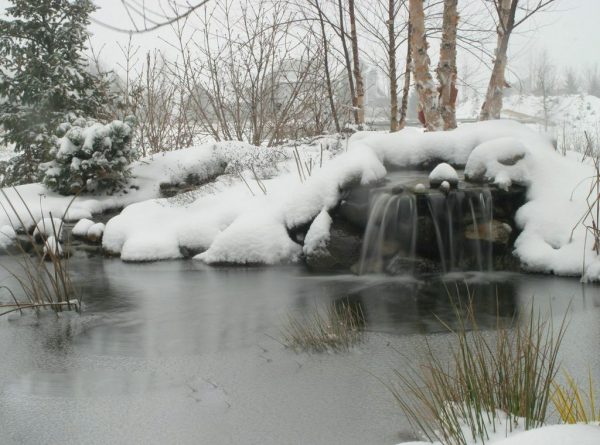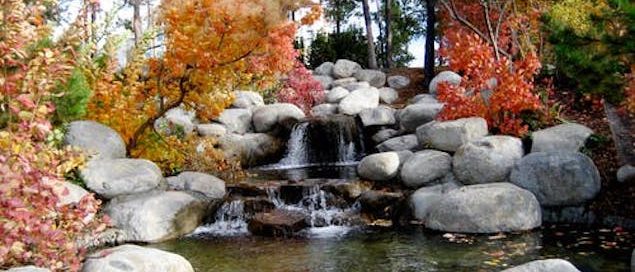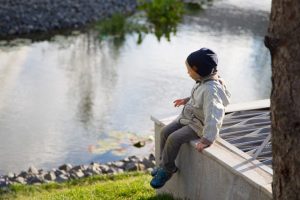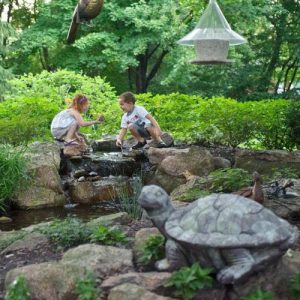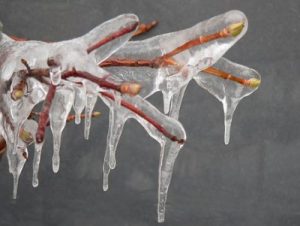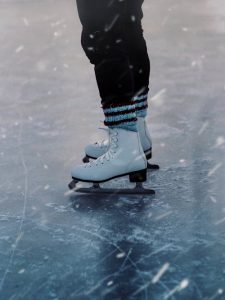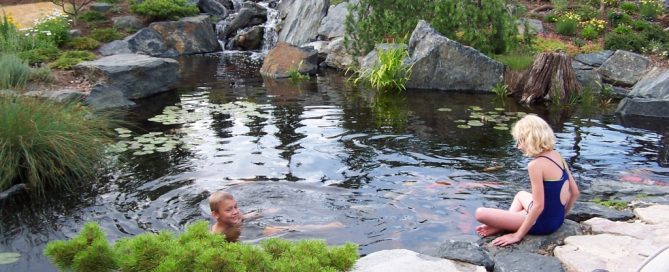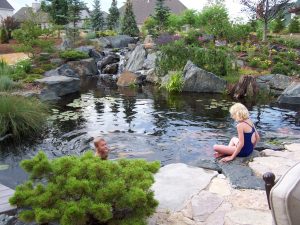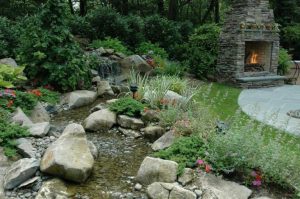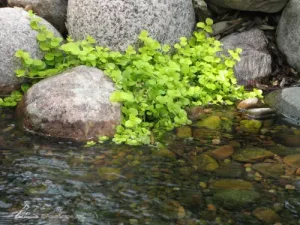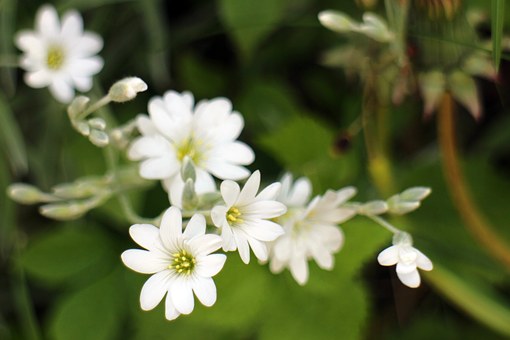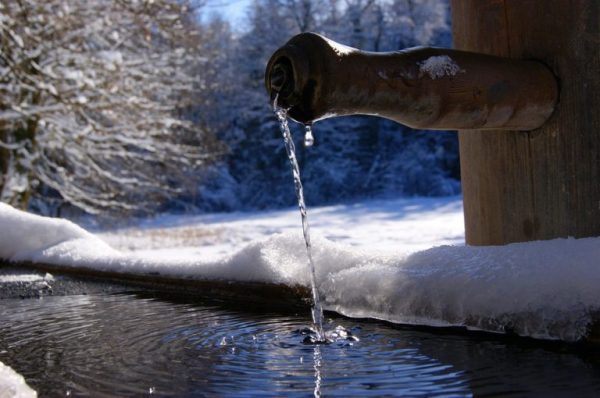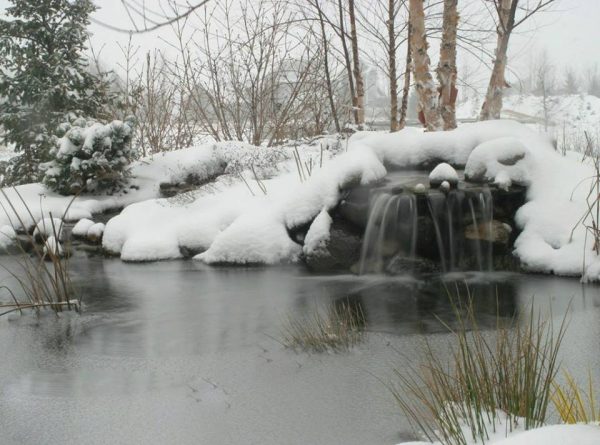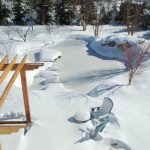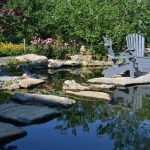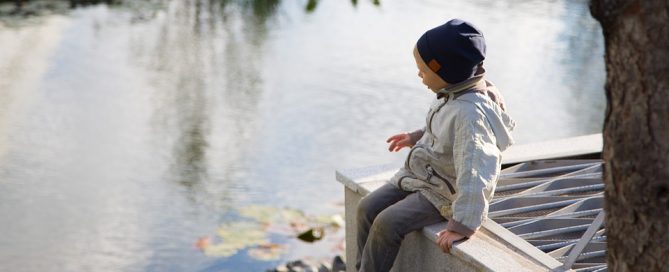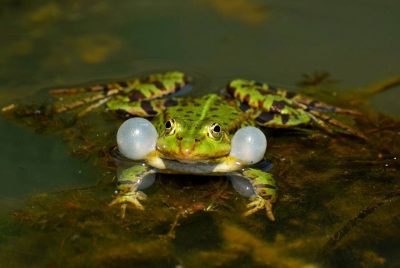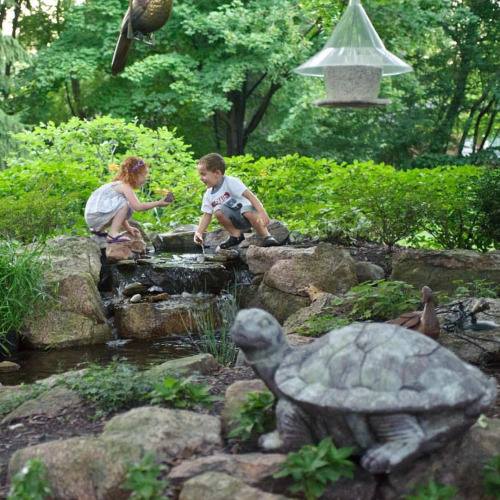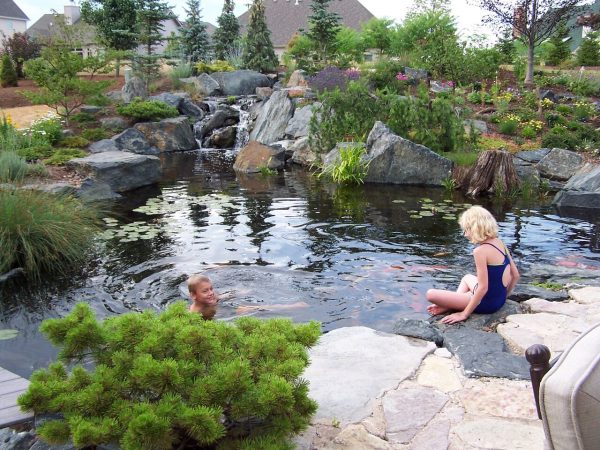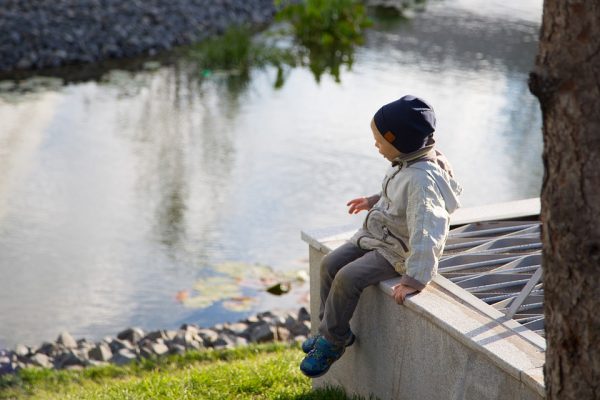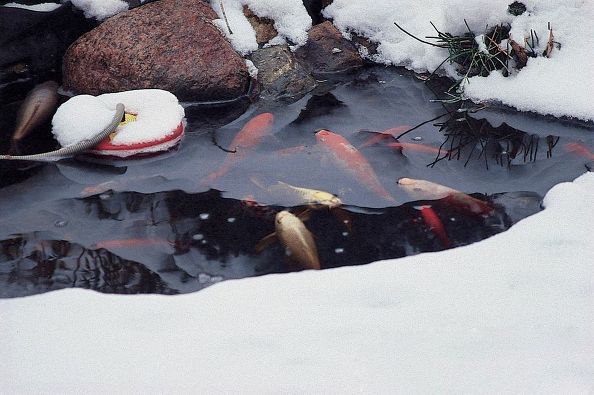For Mother’s Day Flowers: Think ‘Aquatic’
If Mom has a backyard pond, stream or water fountain, rather than giving her the usual bouquet, how about gifting her plants for her outdoor waterscape.
Plants for Water Fountains
A water fountain that is set in a basin is the perfect spot for adding flowers and greenery. Consider free-floating plants which are perfect for a fountain garden.
Tip: Don’t forget a bit of Miracle Gro. In a fountain basin, floaters won’t get nutrients from other decaying plants that are found in ponds, etc., so they’ll need some nutrients.
Another tip: Put these plants in the calmest section of the fountain’s basin so they don’t get too much water splashed on them. If the basin is large enough, perhaps there’s room for a few koi as well. Koi and aquatic plants work well together in keeping a healthy waterscape.
Here’s a very short video of the sounds and beauty of a fountain-garden.
Aquascape Inc., in St. Charles, IL — the country’s leading experts on all things pond and water gardens — describes the basic groups of aquatic plants as:
- Water Lilies Lotus
- Marginal Plants Water Lily-like Plants
- Floating Plants Submerged Plants
And don’t worry if you’re choosing the right plant. Ponds are all the more beautiful with a variety of greenery and color.
“In fact, the best designs for ponds and water gardens utilize a wide mixture of plants in different heights, textures and color from at least three of the above groups,” says Deck and Patio’s Dave Stockwell.
“This gives the most natural look. When installing these, at Deck and Patio we don’t do it in a symmetrical way. We find that a more random placement provides the most natural look.”
And when it comes to gift giving, “random” makes the choosing all the easier.
Here’s some more aquatic plant ideas:
The tall aquatic plant on the left of the pond (canna lily) offers a nice tall statement. It thrives in water conditions that are 70-80 degrees F, with a pH of 6.5-7.5.
They’re also easy to care for, love natural light and are ideally suited near the edges of a pond. The weeping hemlock at the top right in the photo flourishes in moist soil and offers a bit of shade which helps balance the water temperature.
So think water garden plants for this mother’s day. These plants will live a long time in their water bed. And with the outdoor season coming fast toward us, Mom will thank you indeed for the extra color and texture around her favorite sitting spot.


